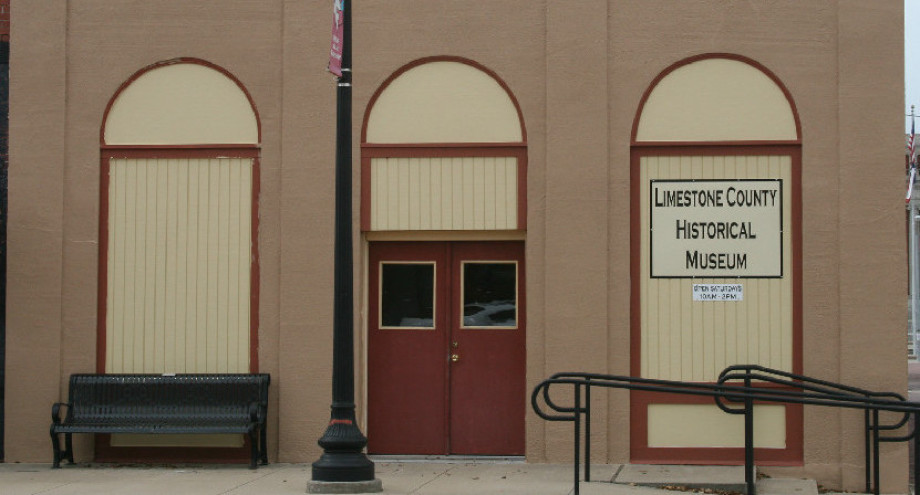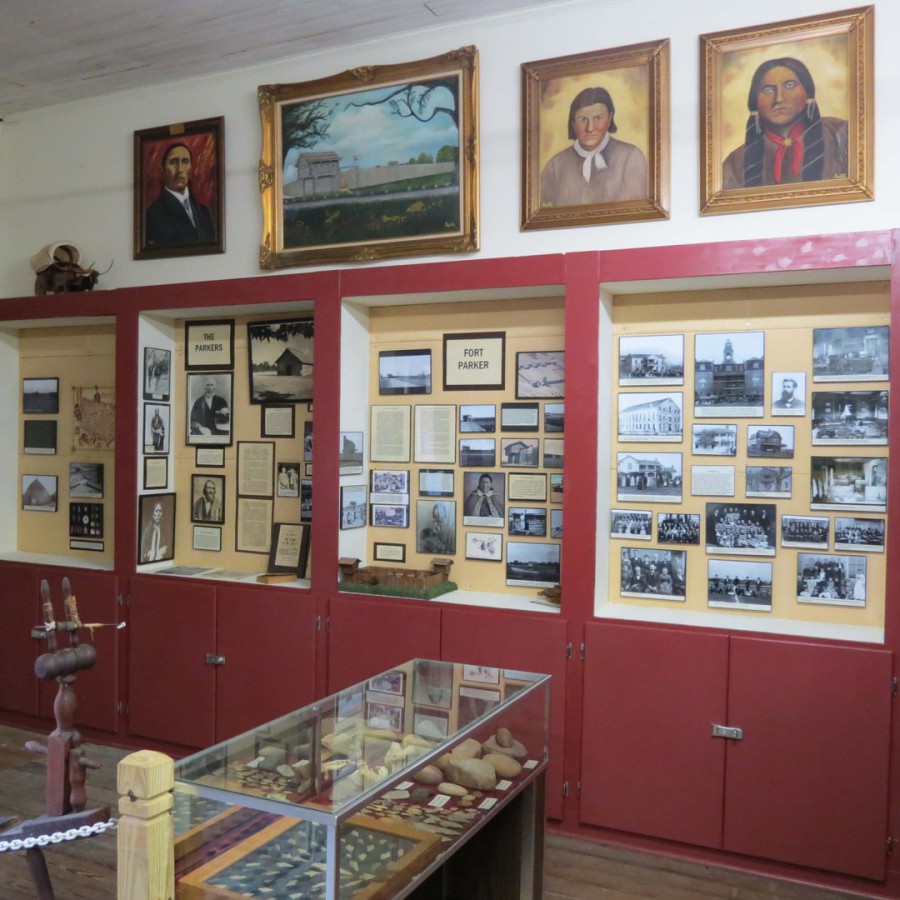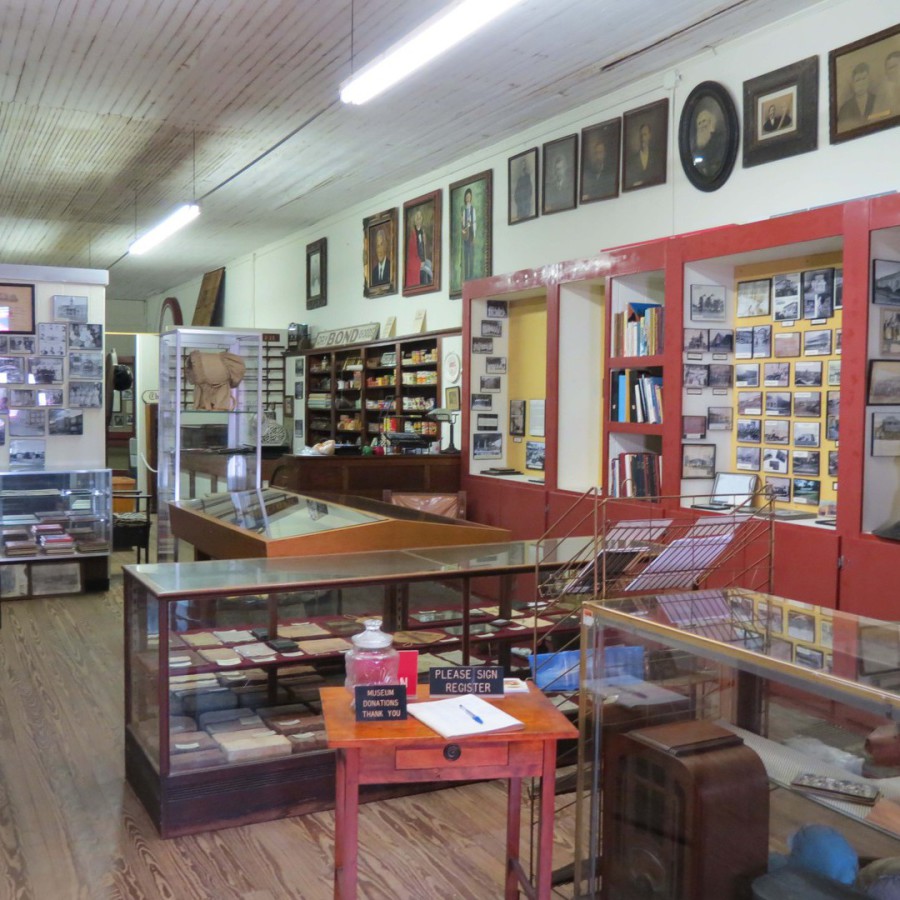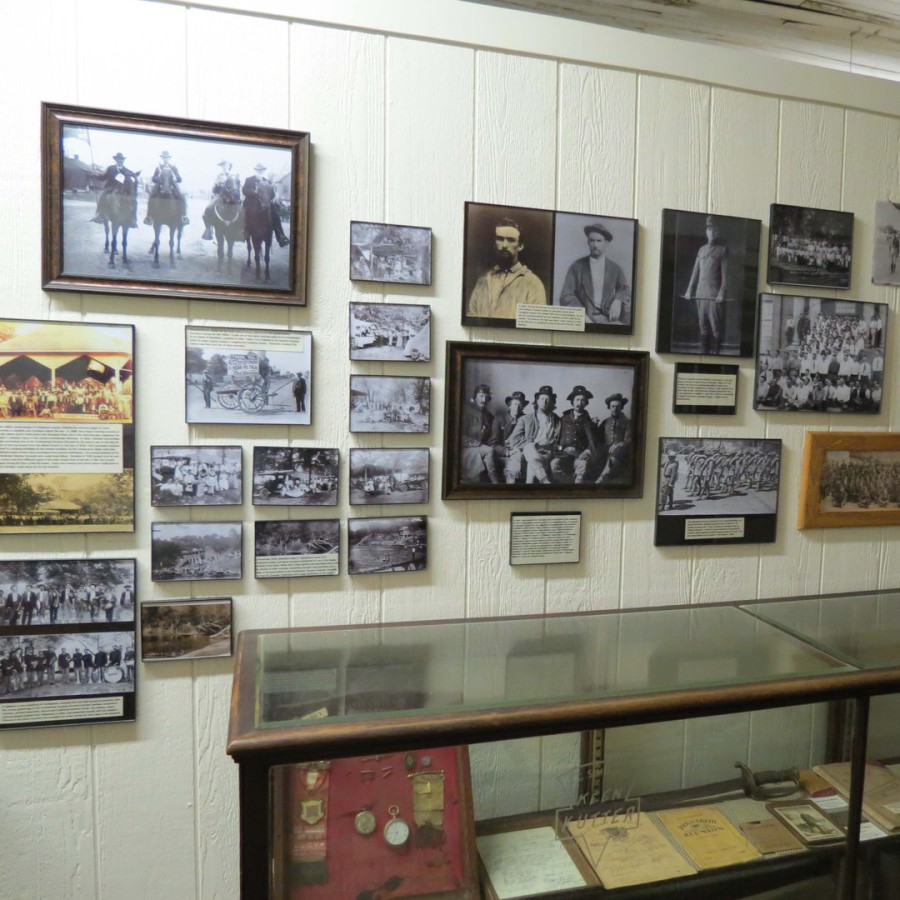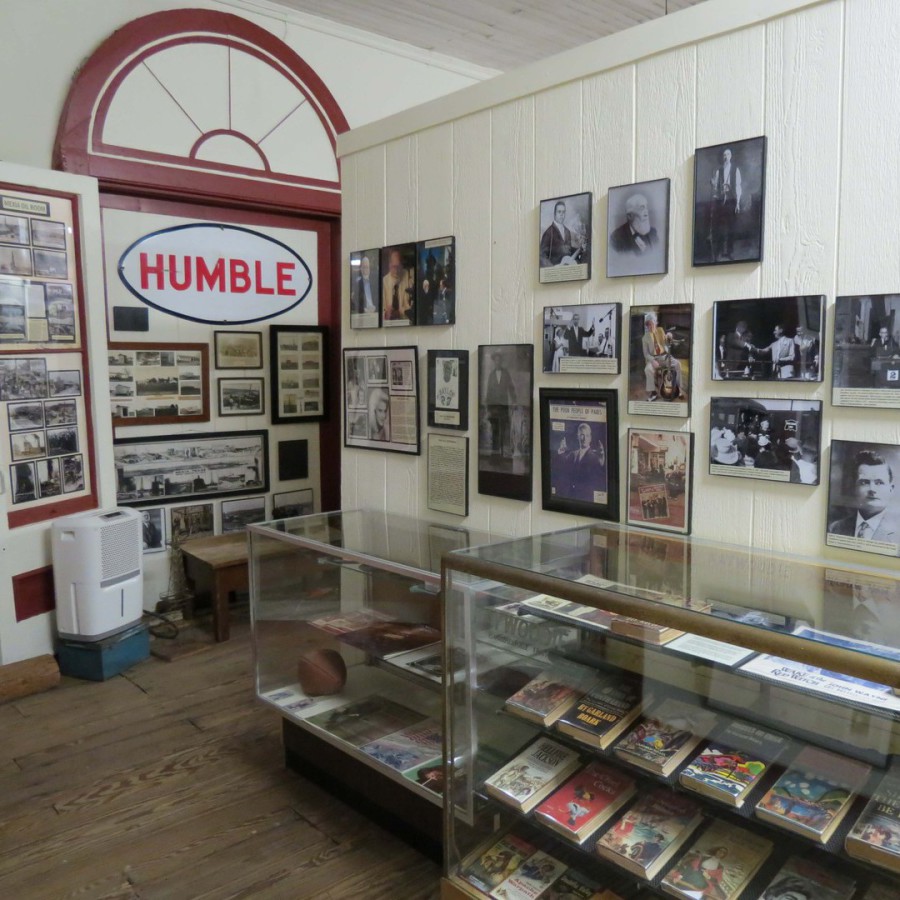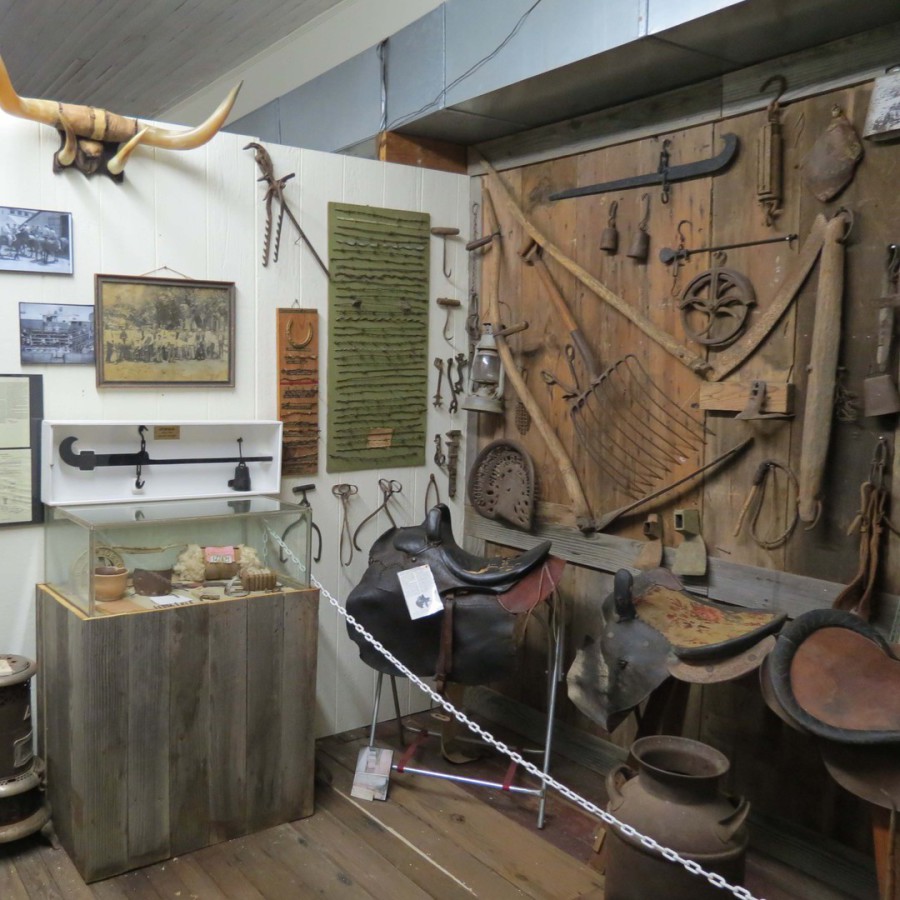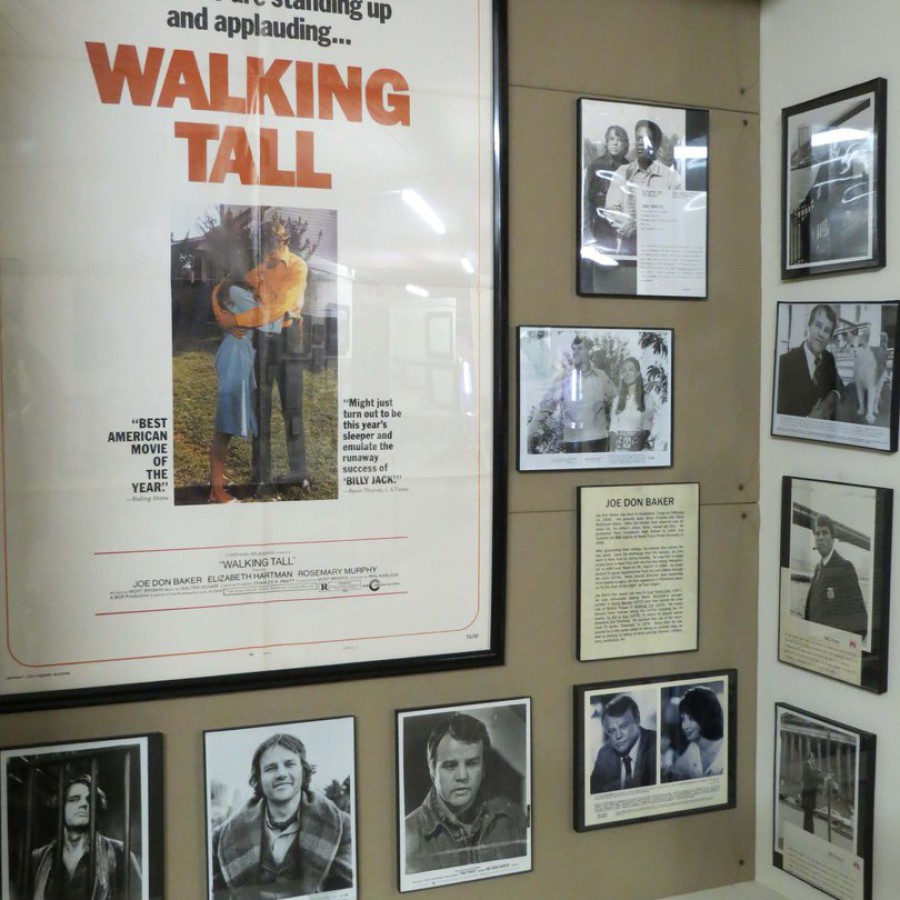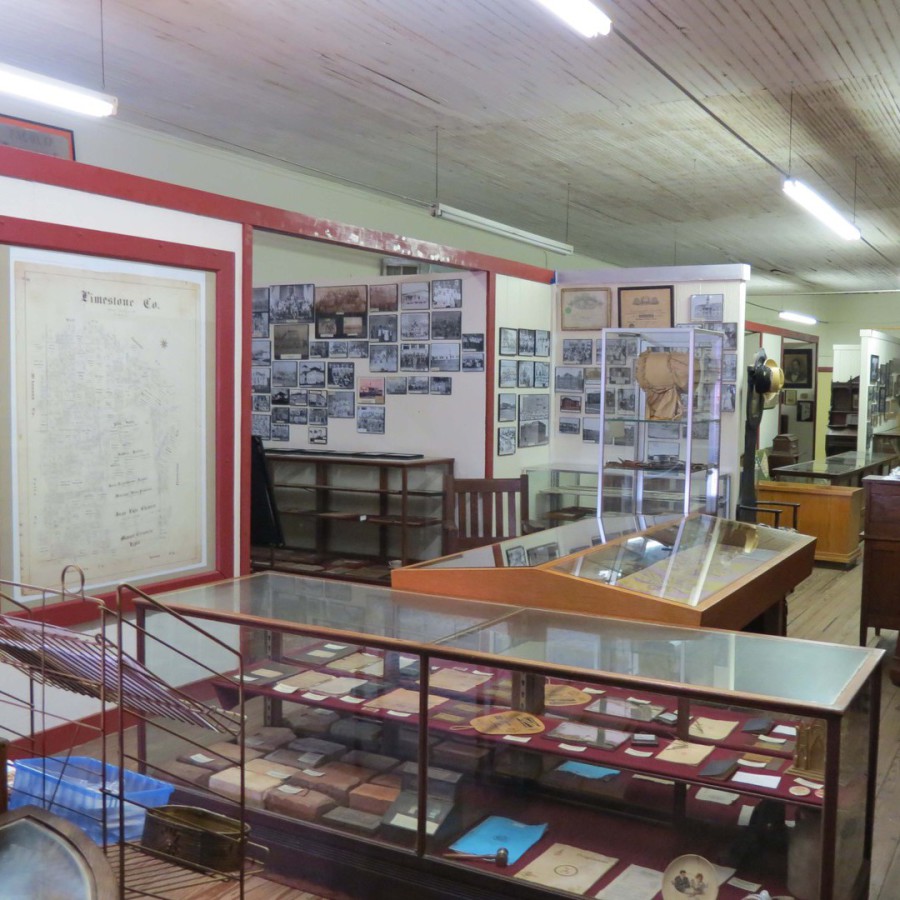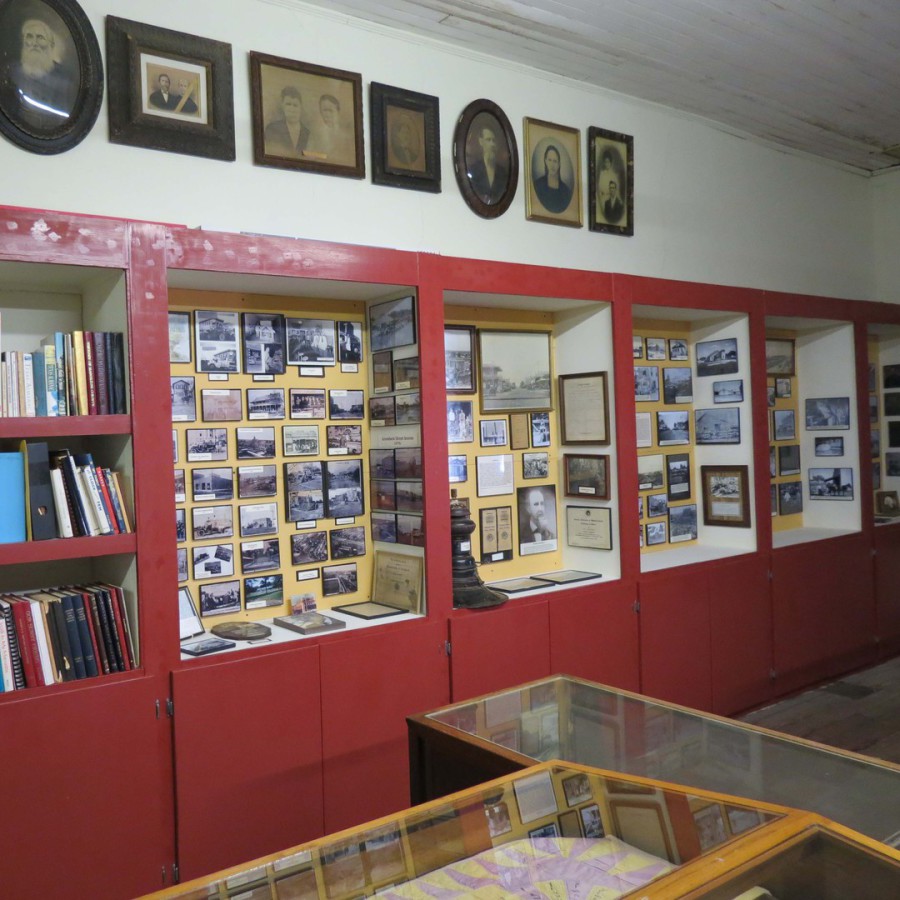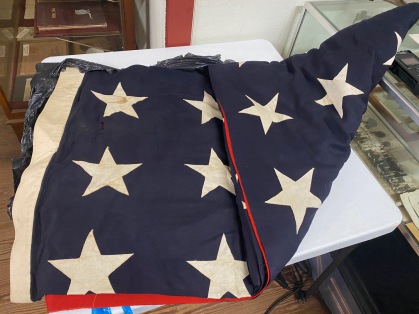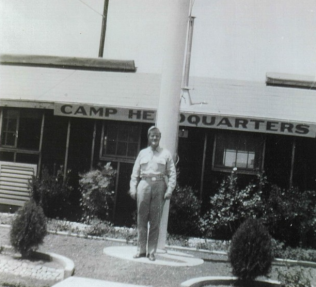Limestone County Historical Museum
The Limestone County Historical Museum houses many interesting exhibits that document the history of Limestone County, Texas. On display are photographs and various other artifacts that provide information on Native Americans, early settlers, Fort Parker, communities and schools, the railroad, agriculture, military involvement, the Mexia Oil Boom, and notable personalities.
Admission is free, but donations are always appreciated.
Future Home of the Limestone County Museum
The Board of Directors is excited to officially announce that the museum association was recently gifted the Bessling-Cannon-Phillips Home in Mexia by the Jack and Mary Phillips Charitable Trust (Comerica Bank, Trustee) as a new home for the county museum. Restoration of some the original features of this 1896 Queen Anne Victorian are planned, and rehabilitation work to the home and property to make them better accessible to the public will also be completed. Relocating the museum to the new site will provide more exhibit space and better environmental controls. It will also provide a large space for archival storage, which the current building does not have.
Camp Mexia
Recently, the Limestone County Museum received several items associated with Camp Mexia, a German prisoner of war camp that was constructed three miles west of Mexia. Pictured is a flag used at the camp, which was probably the last flag to fly over the camp during wartime. It is a huge flag made of wool. To get an idea of its size, the flag is displayed on a 3 ft. x 3 ft. table. The flag was passed on to Camp Mexia from other POW camps because their flagpoles were not large enough to support the weight of the flag. The photo below shows Captain Thomas Gleason standing in front of the camp headquarters. Directly behind him is the camp’s large flagpole.
Construction on the POW camp began in the Spring of 1942 and the first prisoners arrived on June 4, 1943. Most of the POWs detained at the camp had served in General Erwin Rommel’s Afrika Korps, which surrendered in April 1943. At one point the camp housed as many as 5000 POWs and was staffed by at least 750 American officers and servicemen. Because of the shortage of farm labor during the war, some of the POWs were allowed to participate in a program which allowed them to work on local farms. The U.S. government would receive $1.50 per day from the farmers for each prisoner who worked. A portion of that would be placed in an account for the POW to spend in the commissary or for use after the war.
Fossils on Display
Where to Find Us
Limestone County Historical Museum
210 W Navasota St.
Groesbeck, TX 76642
Contact Information
PO Box 592
Groesbeck, TX 76642
mail@limestone-county-historical-museum.com
254-339-4275
Or use our contact form.
Museum Hours
Saturday 10:00-2:00
Admission
Free Admission
Donations are appreciated.
Current Exhibits
Early Pioneers
Fort Parker
Courthouse History
Mexia Oil Boom
Schools
Communities
Trinity University
